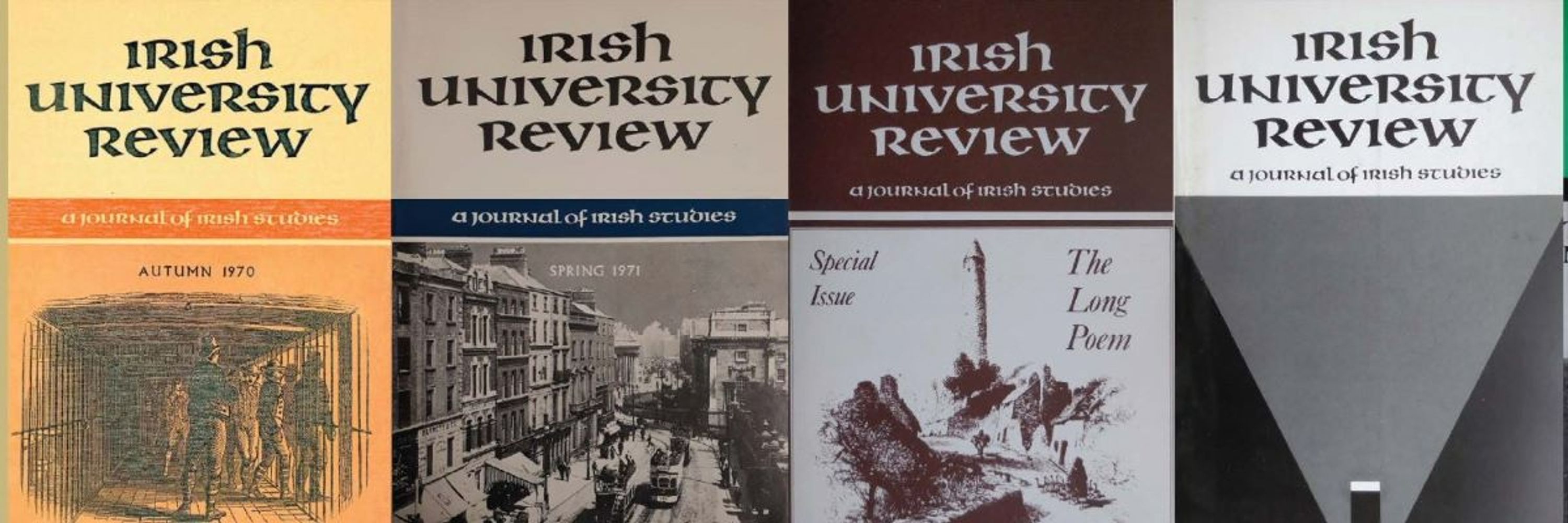Irish University Review
@irishunireview.bsky.social
290 followers
250 following
74 posts
Irish University Review | Editor: Lucy Collins, UCD | Assoc. Ed: Emma Radley, UCD | Books Ed: Julie Bates, TCD | Affiliated to IASIL | Publisher: @EdinburghUP
Posts
Media
Videos
Starter Packs
Reposted by Irish University Review











